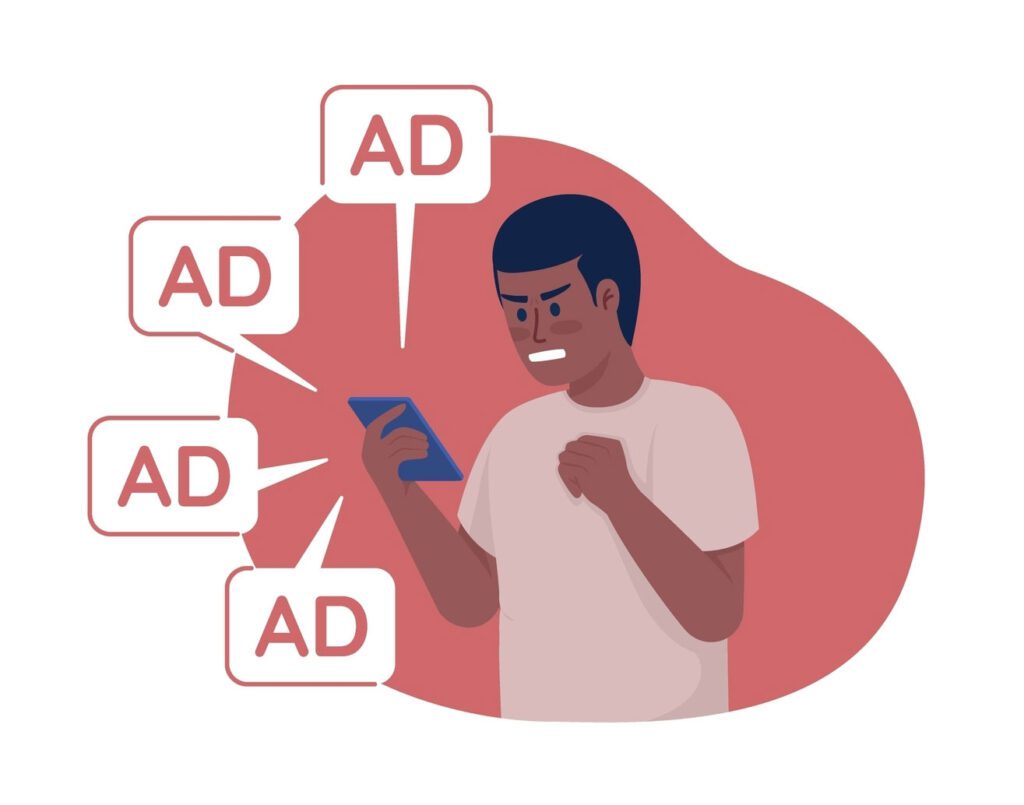Since the ANA revealed last summer that 15% of annual ad spend goes to made-for-advertising (MFA) sites, ad tech vendors have rushed to identify and restrict MFA inventory.
In most cases, these anti-MFA solutions focus on finding ad arbitrage networks, such as when MFA publishers pay for native ad placements on more reputable sites. When users click on those ad placements, they end up on pages with plenty of ads but little or no valuable content – hence the “Made for Advertising” label.
Advertisers want to avoid MFA because their heavy ad loads make the advertiser’s ads less effective. Ads run on non-MFA sites have a 278% higher conversion rate than ads run on MFA sites, according to Integral Ad Science (IAS).
However, not all ad inventory that mimics MFA-like characteristics is sold through arbitrage networks. So focusing anti-MFA efforts solely on paid traffic sources won’t effectively weed out all underperforming inventory.
With that in mind, IAS announced on Tuesday it’s expanding its anti-MFA solution to identify what it calls “Ad Clutter” sites, which mimic MFA ad loads but don’t operate with an ad arbitrage model.
Not just arbitrage
When IAS initially rolled out its anti-MFA solution back in October, it devised an MFA definition based on Jounce Media’s criteria.
The definition boiled down to three questions, said Scott Pierce, senior director for product and fraud at IAS: Is the site conducting ad arbitrage? Is the majority of traffic paid? And is the primary purpose of the site to deliver content or deliver ads?
Buyers were on board with this approach to classifying MFA, Pierce said. But many also expressed interest in blocking sites that had an MFA-like ad experience but that weren’t involved in arbitrage.
In response, IAS started classifying sites according to “how many ads they’re trying to squeeze into a page,” Pierce said. However, the company wanted to avoid defining an ideal ads-to-content ratio, he said.
So instead, IAS manually curated a group of sites with a high degree of ad clutter, as well as a group of sites with what it considers high-quality ad experiences. It fed those examples into an AI model and trained it to identify sites with similar characteristics.
That AI model is the foundation of the new solution. It also relies on IAS’s existing ad verification tag and Sincera’s site crawler to analyze on-site ad experiences. And it uses supply-chain data provided by Jounce to identify sites that send a disproportionate amount of bid requests due to a heavy ad load or high ad refresh rates. The Jounce data can also determine if a site’s traffic is paid or organic.
Sub-domain blocking
But don’t call the solution a blocklist. IAS’s Ad Clutter tool does not create a static exclusion list. With a blocklist approach, before the advertiser bids on impressions, problematic sites are blocked from all campaigns by default.
Instead, IAS is adding metrics to its post-campaign reporting that detail the number and percentage of impressions that are associated with ad clutter sites. This reporting will be provided as part of IAS’s platform, rather than an additional service.
Metrics are included for every site a campaign has run across in the past 30 days. Advertisers can determine their tolerances for ad clutter and block specific sites that have been flagged as cluttered from future ad buys.
The categorization does not occur at the domain level—where an entire site and all of its pages can be blocked if some pages are flagged for ad clutter—but at the sub-domain level.
The reason for the sub-domain approach is because publishers often set up multiple sub-domains with different ad experiences, Pierce said. If flagged pages are associated with a sub-domain on that site, advertisers can block the problematic sub-domain while still buying ads that meet their performance criteria on other sub-domains.
Plus, if the publisher is an IAS client, it has access to similar reporting. So, if the Ad Clutter tool flags a publisher’s sub-domain, it will receive a notification from IAS and recommendations for curing that designation.
IAS has beta tested the solution across 40 clients so far and plans to make it generally available by Q2.















